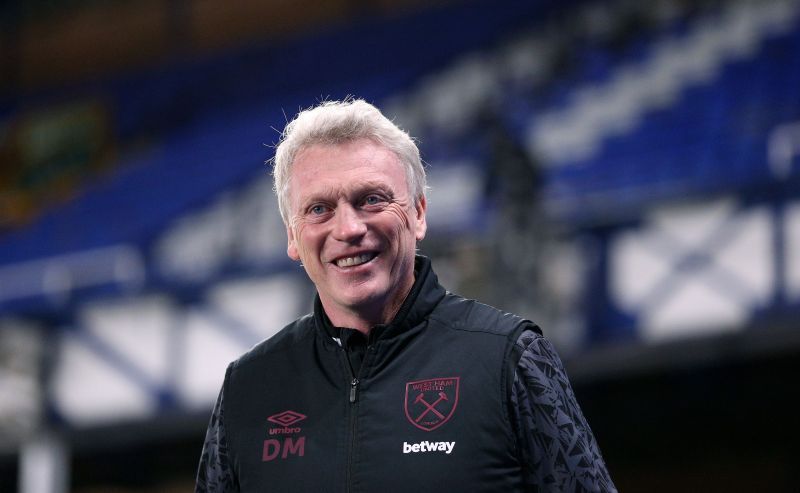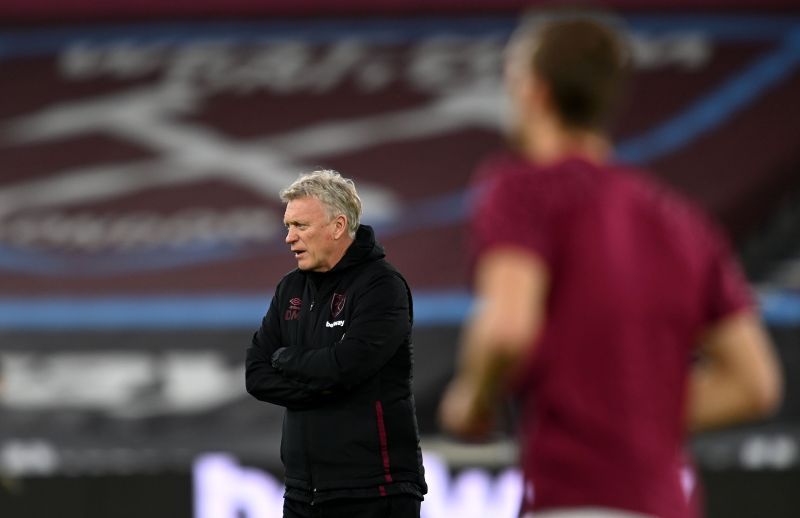
David Moyes has rebuilt his reputation during two spells at West Ham United
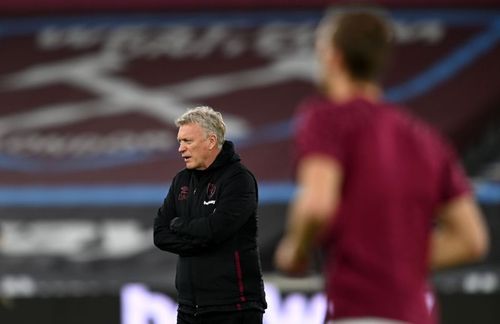
There have been two distinct periods in David Moyes' management career - before and after Manchester United. During the first half of his career, Moyes spent two long spells at Preston North End and Everton.
David Moyes' stint at Preston saw him win the title in England's third tier and come within a whisker of taking them into the Premier League in 2001, before losing the play-off final to Sam Allardyce's Bolton Wanderers. This attracted the attention of Premier League clubs and it was Everton who came calling in March of 2002.
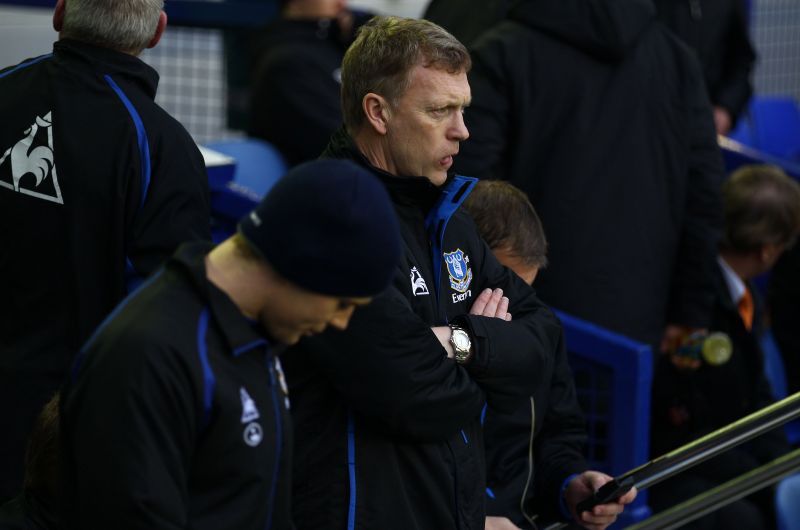
David Moyes would spend 11 years as Everton manager, first providing stability to the team and then leading them unprecedented great success. His team would finish in the top eight of the Premier League on eight occasions and in the top six five times during Moyes' tenure. There was also an FA Cup final appearance in 2009 and multiple campaigns in Europe.
What made Moyes' accomplishments impressive was the shoestring budget they were achieved on. Moyes made a habit of picking up players for relatively nominal fees and turning them into consistent players in the Premier League.
Talents such as Tim Cahill, Leighton Baines, Tim Howard, Marouane Fellaini, and many others excelled for the club and Moyes gained an excellent reputation as a coach who could transform a player's career.
Moyes' success was recognised by his peers, and despite never managing to bring silverware to Goodison Park, Moyes was voted the LMA Manager of the Year on three occasions. He also picked up 10 Premier League Manager of the Month awards.
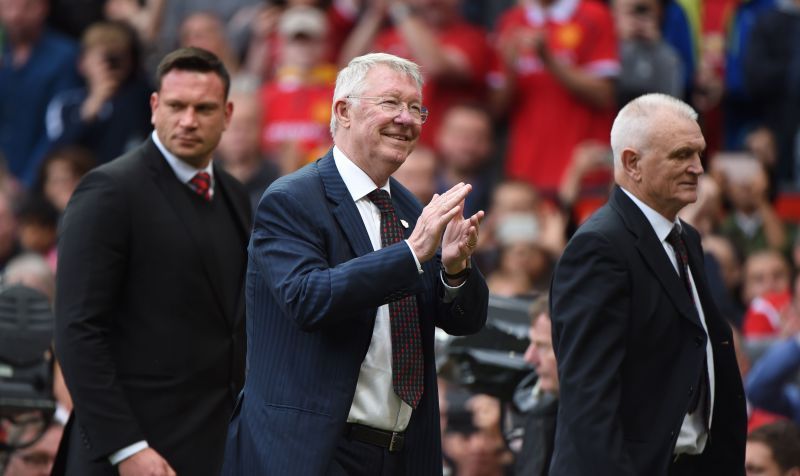
Moyes' work at Everton attracted the attention of Manchester United, who were looking for a replacement for the long-term manager Sir Alex Ferguson. The Scot had announced that he would retire at the end of the 2012-13 season.
United had achieved much success under the long-term stability of Ferguson and they were looking for more of the same from David Moyes.
Unfortunately for Moyes, that was where his success story would end.

Although he won the Community Shield in his first match with the club, he endured a torrid reign as manager of the club and was sacked in April of 2014 after less than a season in the job.
Moyes' reputation remained unscathed, though with most people in football acknowledging that following Ferguson at Manchester United was a thankless job. Next up for Moyes was a management job abroad for the first time in his career, taking over at Real Sociedad in November of 2014.
However, a promising start quickly petered out and Moyes was sacked the following November after just 12 months in the job.
Perhaps the worst decision David Moyes has made, though, was accepting the Sunderland job after Sam Allardyce left. The club had narrowly avoided relegation the previous season, and with little money available to strengthen the squad, relegation was inevitable. Moyes left the North-East club at the end of 2016-17, having won just eight games in all competitions.
After enjoying his first 15 years in football management at just two clubs, Moyes had now managed three in the space of four years with little success.
It was clear that Moyes was now at the last chance saloon in top-level management and that his next job could make or break his career. Despite his failure at Sunderland, though, he was still a man in demand. In November of 2017, he was appointed the manager of West Ham United on a short-term contract with the task of keeping them in the Premier League.
With a better quality of players at his disposal, David Moyes started to show the talents that had once made him one of the best managers in the Premier League. His instincts immediately told him that the talents of Marko Arnautovic could be better utilised and Moyes converted the player from a winger to a central striker and reaped the rewards.

Despite comfortably guiding the club clear from relegation, Moyes wasn't retained at the end of his contract. The hierarchy at West Ham choosing to appoint Manuel Pellegrini as they attempted to instill a more attacking style of play into the team.
After leaving the club for the first time, Moyes endured his longest period out of football management as he waited patiently for the right opportunity to present itself. Remarkably, when his chance did come it was back at West Ham, to replace Pellegrini, with the club in a relegation battle once again.
In his second spell at the club, David Moyes has highlighted all the qualities that made him such an outstanding manager at Preston North End and Everton. His eye for a bargain in the transfer market is more evident than ever. The signings of Tomas Soucek and Vladimir Coufal for a combined fee of £20 million from Slavia Prague was an inspired piece of business with both players excelling for the club.
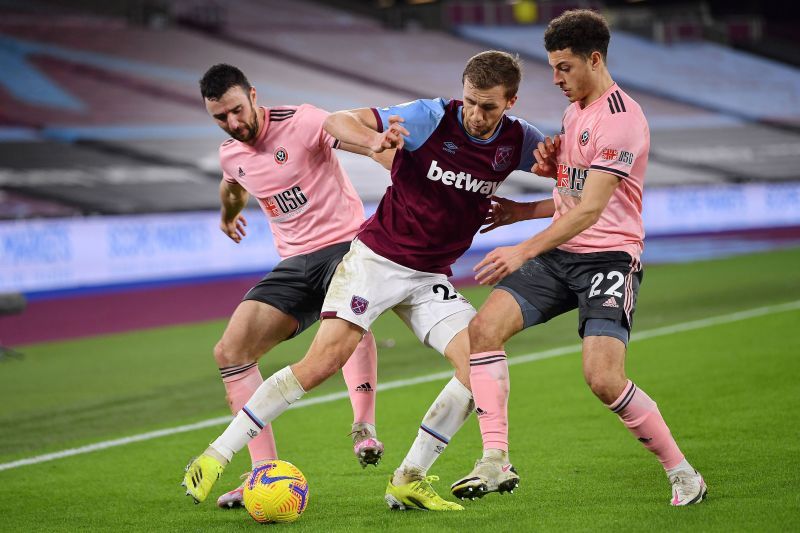
Moyes has also displayed the same willingness to take a chance on players from lower divisions, much like he did at Everton, with Jarrod Bowen and Said Benrahma signed from Hull City and Brentford respectively. He has also made good use of the loan market to sign Craig Dawson and Jesse Lingard.
As with Arnautovic, Moyes has had a transformative effect on Michael Antonio, converting the former winger into a powerful striker.
David Moyes has had a transformative effect on the club. They comfortably avoided relegation in the 2019-20 season, and at the time of writing, sit in fifth place in the Premier League with an impressive tally of 48 points from 27 matches.
After a difficult period in his career, David Moyes is smiling again and deservedly so. David Moyes has his mojo back and is showing the talent that once persuaded Manchester United to hand him the keys to the castle at Old Trafford.
With European football once again in their sights, the sky is the limit for David Moyes and West Ham United.
